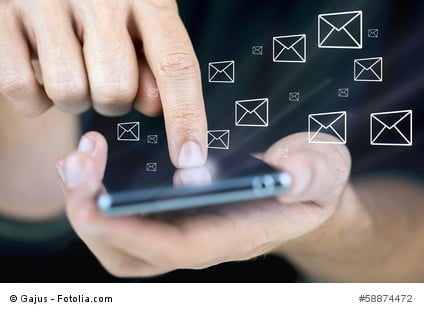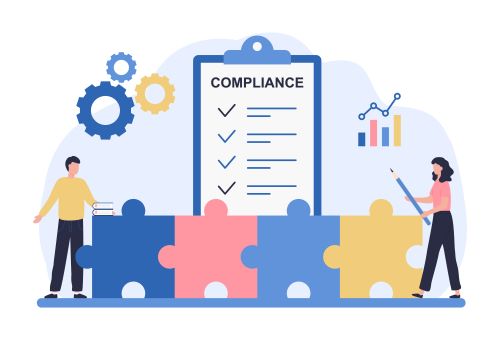

5 Seconds to Protect Businesses
It is also important to accept that threats come in many forms and can affect businesses greatly, for example, 15 per cent of large organisations suffered from a security or data breach in the last year involving smartphones or tablets. With increased employee mobility, businesses must equip staff to access corporate data from these devices securely.
Data security issues and security breaches within businesses are now a regular occurrence. Everyday it seems that we are hearing about a new cyber attack or security flaw and just recently it was announced by CEBR and Veracode[i] that cyber attacks are costing British businesses £34bn a year. A recent report from PWC[ii] found that nearly 9 out of 10 large organisations have suffered some form of security breach in the past year. This is made worse by the fact that nearly one third of organisations[iii] haven’t conducted any form of security risk assessment, leaving businesses vulnerable to both external attacks and the often overlooked internal leaks caused by staff error. With 75 per cent of breaches found to be staff related[iv], its clear security still needs to be at the top of the CIO agenda.
The fact that data breaches are costing businesses anything from £1.46 million to £3.14[v] million a year, which is more than double the figures from last year, highlights the importance for businesses to act now. In addition to these costs, breaches have further implications such as damage to an organisations reputation. Once a breach occurs, not only corporate data, but client data is open to attack too. This can lead to costly lawsuits that affect long term client relationships. After the event, businesses can waste thousands of pounds on reactive and costly audits and hundreds of man hours when cyber attacks hit.
There is a way for businesses to add a vital extra layer of security to help ensure data is accessed securely. Two Factor Authentication (2FA) is an extra layer of security applied after the user has entered their username and password. This involves something that only the user has available with them (i.e. a mobile phone) to generate a one-time passcode (OTP).
To put it clearly, the 5 seconds of 2FA play out as follows:
Second 1: Unlock your mobile phone
Second 2: Open the authentication app
Second 3: Select authentication method: pin code or QR code
Second 4: Type in code or scan QR code
Second 5: You’re in
Using 2FA purposefully is a straightforward and quick process. The simplicity of these steps needs to be recognised by businesses which are looking to address cyber security. However, a knowledge gap in understanding the benefits, is keeping businesses away from utilising this secure process. The correct education and insight can arm employees and end-users with the knowledge and confidence to trust this method and save important corporate data from security breaches.
It is also important to accept that threats come in many forms and can affect businesses greatly, for example, 15 per cent of large organisations suffered from a security or data breach in the last year involving smartphones or tablets[vi]. With increased employee mobility, businesses must equip staff to access corporate data from these devices securely. Gartner’s[vii] findings that a quarter of business users admitted to having had a security issue with their private device highlights the need for bullet-proof authentication processes such as 2FA to keep data secure.
2FA in its current state is secure and simple to implement but future exciting developments such as near field communication (NFC) will soon empower employees to protect important data and their identity. This saves even more time because the user doesn’t have to open their chosen account or input a username and password. This process will involve a user simply choosing the account they want to activate, entering a four digit pin and tapping their phone against any Windows 10 enabled PC or tablet device.
As you continually read; cyber attacks are becoming more sophisticated and occurring frequently. In order for businesses to address the widening threat landscape and protect their changing IT infrastructure, with the increase in uptake of Bring Your Own Device (BYOD), they must assess their security infrastructure. 2FA can provide this peace of mind and protection businesses require.
Now and in the future it is vital that businesses protect important data, this is a key factor in remaining competitive. By implementing a simple 5 second security process, a data breach can be avoided, securing important data whilst protecting assets and avoiding breath-taking costs!
[i] http://www.telegraph.co.uk/finance/newsbysector/industry/defence/11663761/Cyber-attacks-cost-British-industry-34bn-a-year.html
[ii] http://www.pwc.co.uk/assets/pdf/2015-isbs-executive-summary-02.pdf
[iii] http://www.pwc.co.uk/assets/pdf/2015-isbs-executive-summary-02.pdf
[iv]http://www.pwc.co.uk/assets/pdf/2015-isbs-executive-summary-02.pdf
[v] http://www.pwc.co.uk/assets/pdf/2015-isbs-executive-summary-02.pdf
[vi] http://www.pwc.co.uk/assets/pdf/2015-isbs-executive-summary-02.pdf
[vii] http://www.gartner.com/newsroom/id/2739617
More: http://www.informationsecuritybuzz.com/5-seconds-to-protect-businesses/
Category: Industry News
![]()
Multi-Factor
Authentication
(MFA)
Any user. Any device.
Anywhere.
For companies that take authentication seriously.
Learn more about SecurEnvoy MFA
Hear more from
our security
experts





